The device uses a micro stepper motor which has enough torque to move lightweight needle. Although the motor has only 20 steps, experiments with extensive micro-stepping gave satisfactory results.
CPU Gauge
An analog gauge with USB, serial and analog interface.
 lukasz.iwaszkiewicz
lukasz.iwaszkiewicz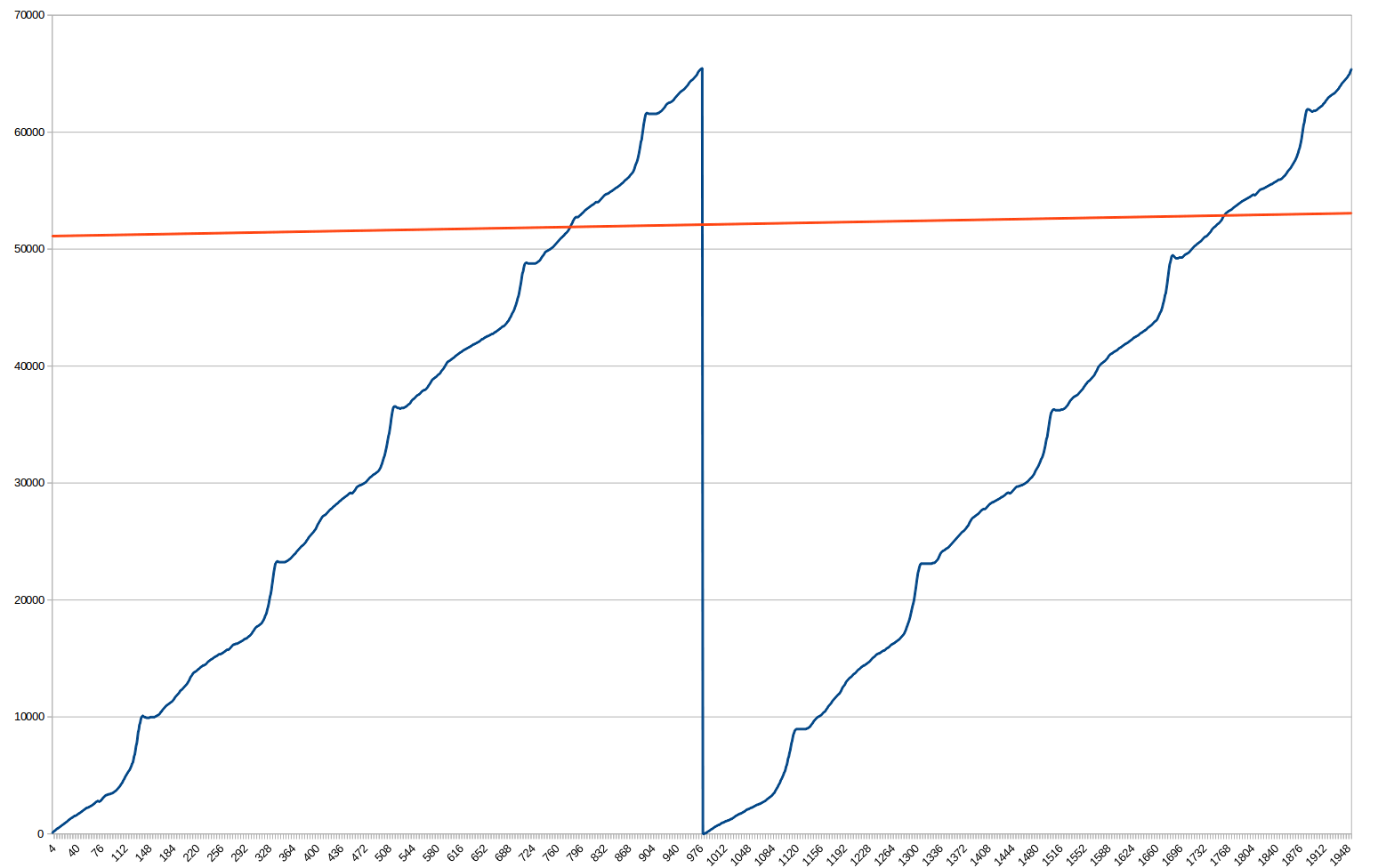
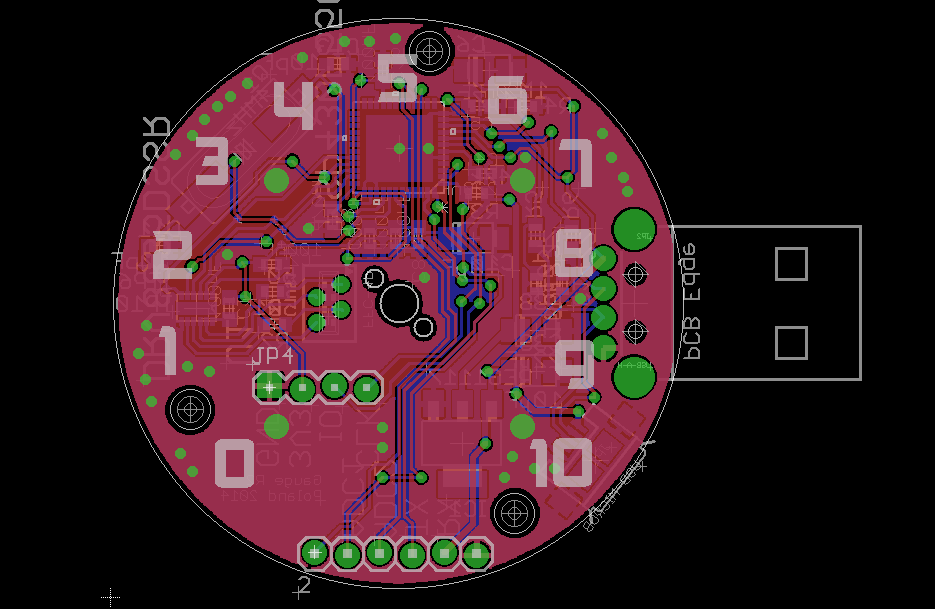





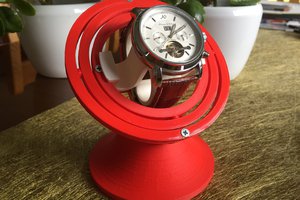
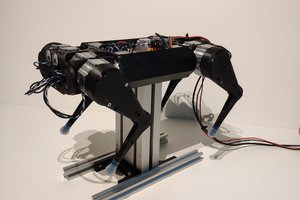
 Peter Wasilewski
Peter Wasilewski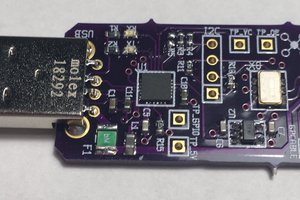
 Carbon
Carbon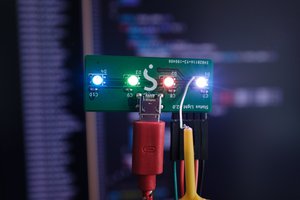
 Stephen Holdaway
Stephen Holdaway
Was there any recent update and a place to puchase a completed project?